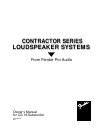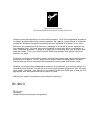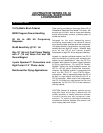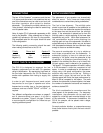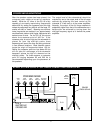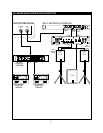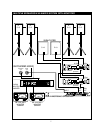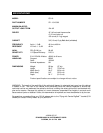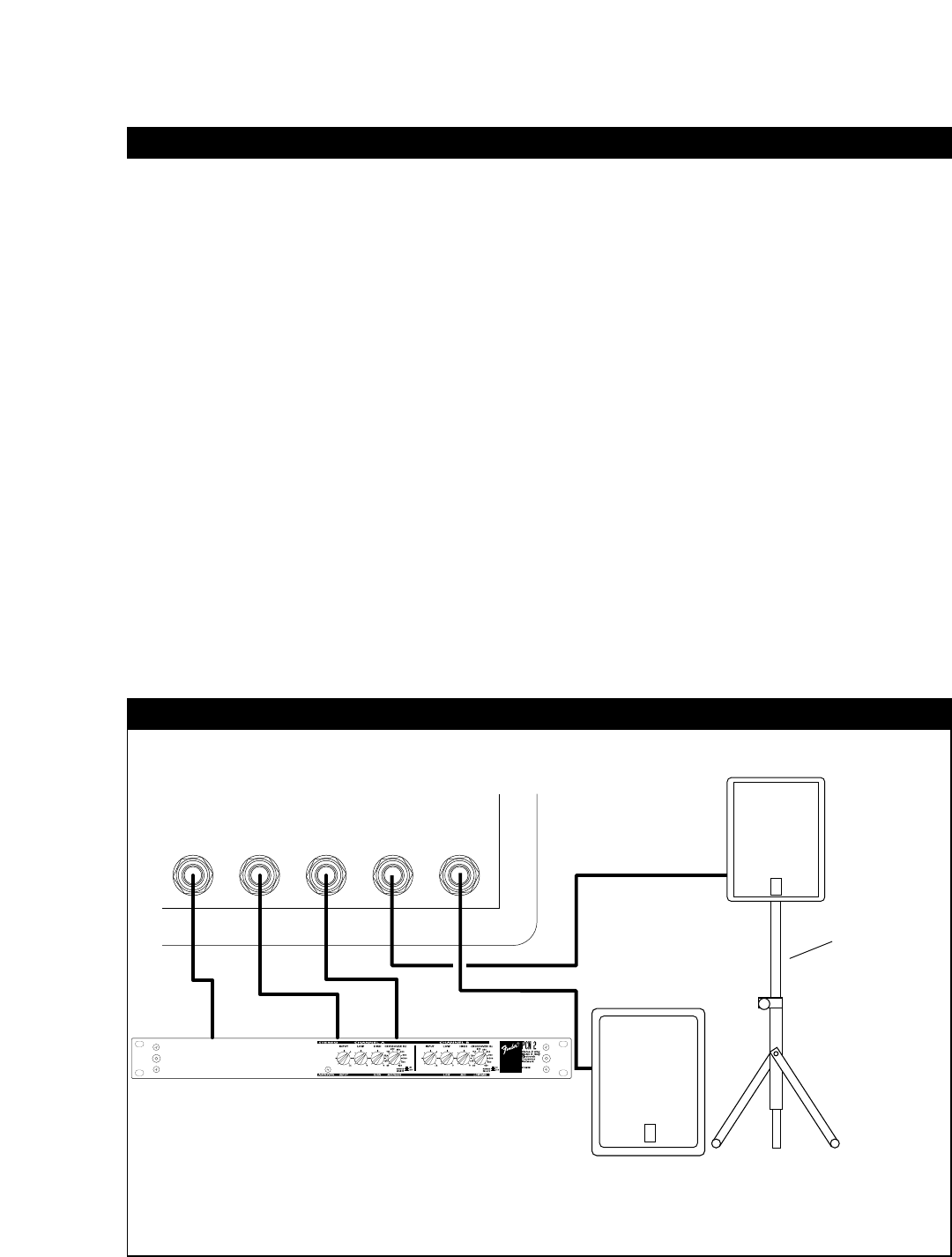
MONITOR
AMP OUT
MAIN
AMP OUT
MON.
AMP IN
MAIN
AMP IN
MAIN
OUT
POWERED MIXER
PCN-2
ELECTRONIC
CROSSOVER
INPUT
HIGH
OUT
LOW
OUT
FULL
RANGE
INPUT
C-12
or
C-15
FENDER
TRIPOD STAND
C-18
-
∞
-
∞
-
∞
-
∞
-
∞
-
∞
5
After the speaker system has been placed, the
crossover point needs to be set for maximum
benefit. While the 18" driver in the CS-18 is fully
capable of accurately reproducing frequencies
above 400 Hz, setting the crossover point this high
makes time alignment very difficult and the large 18"
woofer will start to "beam". Beaming occurs when
lower frequencies are emitted in an approximately
omnidirectional pattern while higher frequencies are
emitted more on-axis. For the CS-18, this occurs
above the crossover point of 400 Hz. If the
crossover point is set too high and the subwoofer is
placed far from the mid/high packs, bass
frequencies will sound like they are being produced
in two different locations. Most listeners cannot
locate the origin of frequencies below 150 Hz.
Setting the crossover point too low (below 80 Hz)
will not take full advantage of the subwoofer
because it places too high of a demand on the
mid/high packs. For these reasons, a crossover
point of ranging between 80 and 200 Hz is
recommended depending upon the placement of
the speakers.
The output level of the subwoofer(s) should be
matched by ear to the output level of the full range
cabinets by adjusting the level control at the
crossover (if it has one) or at the power amplifiers.
Normally, the output of the full range cabinets is
subjectively higher than that of the subwoofers so a
balance can be achieved by turning down the
mid/high frequency signal at or before the power
amplifiers.
CROSSOVER SUGGESTIONS
BI-AMP SYSTEM USING A FULL RANGE CABINET AND SUBWOOFER



